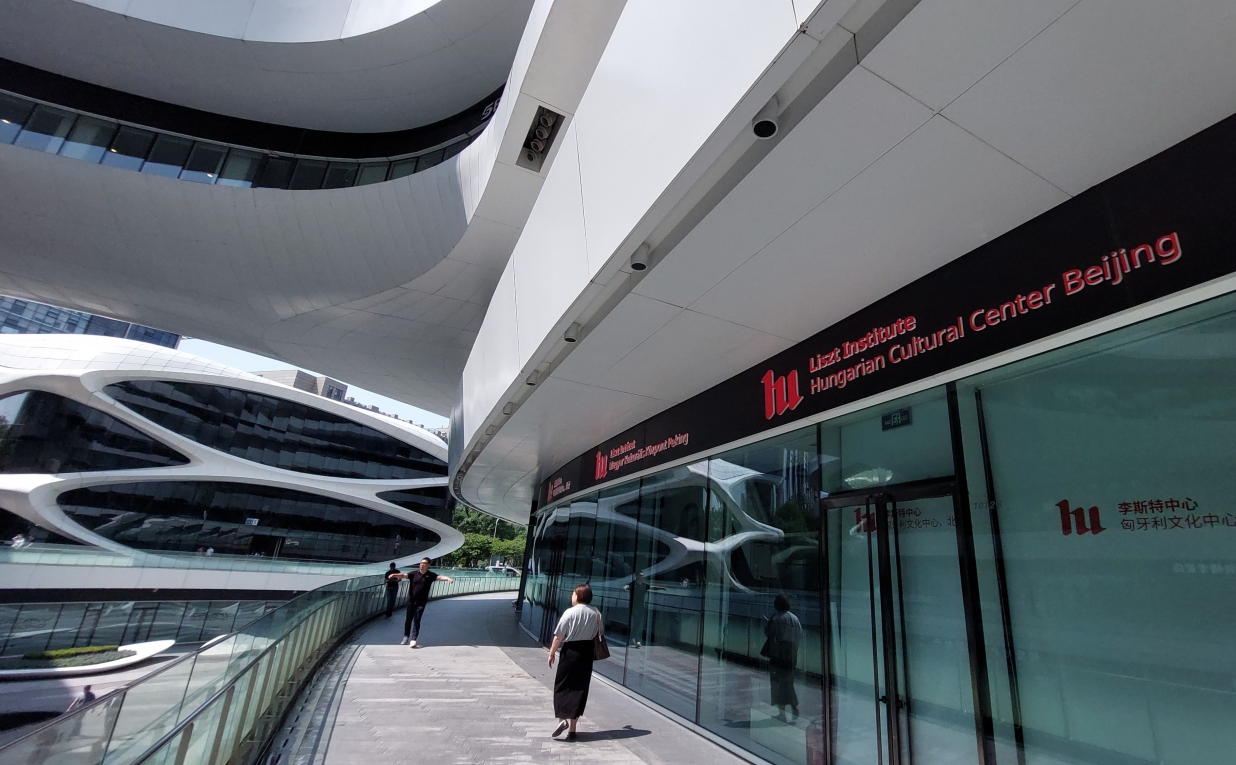
The Kodály method is sweeping China, and the Liszt Institute is directly instrumental in its success.Continue reading
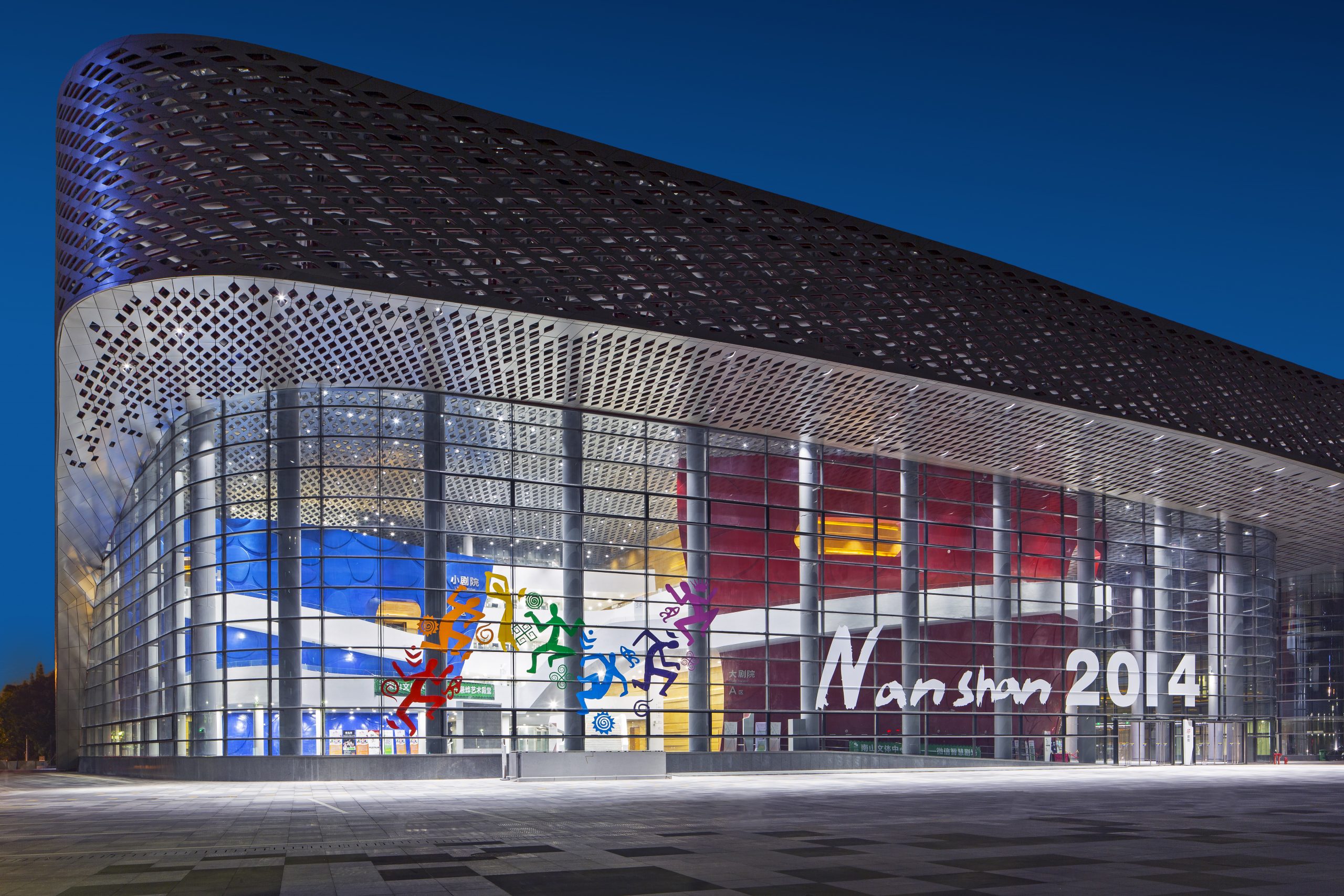
Located in Shenzhen, China, one of the fastest growing cities in the world, the Nanshan Cultural Center is one of the world’s most unique cultural venues with its versatile 1,400-seat auditorium, 350-seat children’s theater, community spaces, and unique acoustics. China has a Hungarian architectural firm to thank for this unique building. During a visit to China, the editorial team of Hungary Today took the opportunity to visit the urban space and its buildings and to experience the musical Cats in the center’s tenth anniversary season.

The Nanshan Cultural Center in 2014. (Photo: courtesy of ZDA-Zoboki Építésziroda)
The city of Shenzhen, bordering Hong Kong, is one of the most dynamic growth regions in China. Economic and urban development changes have transformed this peaceful fishing village into a gigantic metropolis with almost 18 million inhabitants in just a few decades. In 2007, the mayor of Shenzhen and the city administration of the Chinese city visited Budapest. They were so impressed by the architectural and technological quality of the Palace of Arts (Müpa Budapest) in the Hungarian capital that they invited the architects of the building to the Nanshan district of Shenzhen, a district with millions of inhabitants who had wanted a city center with cultural and sports facilities.
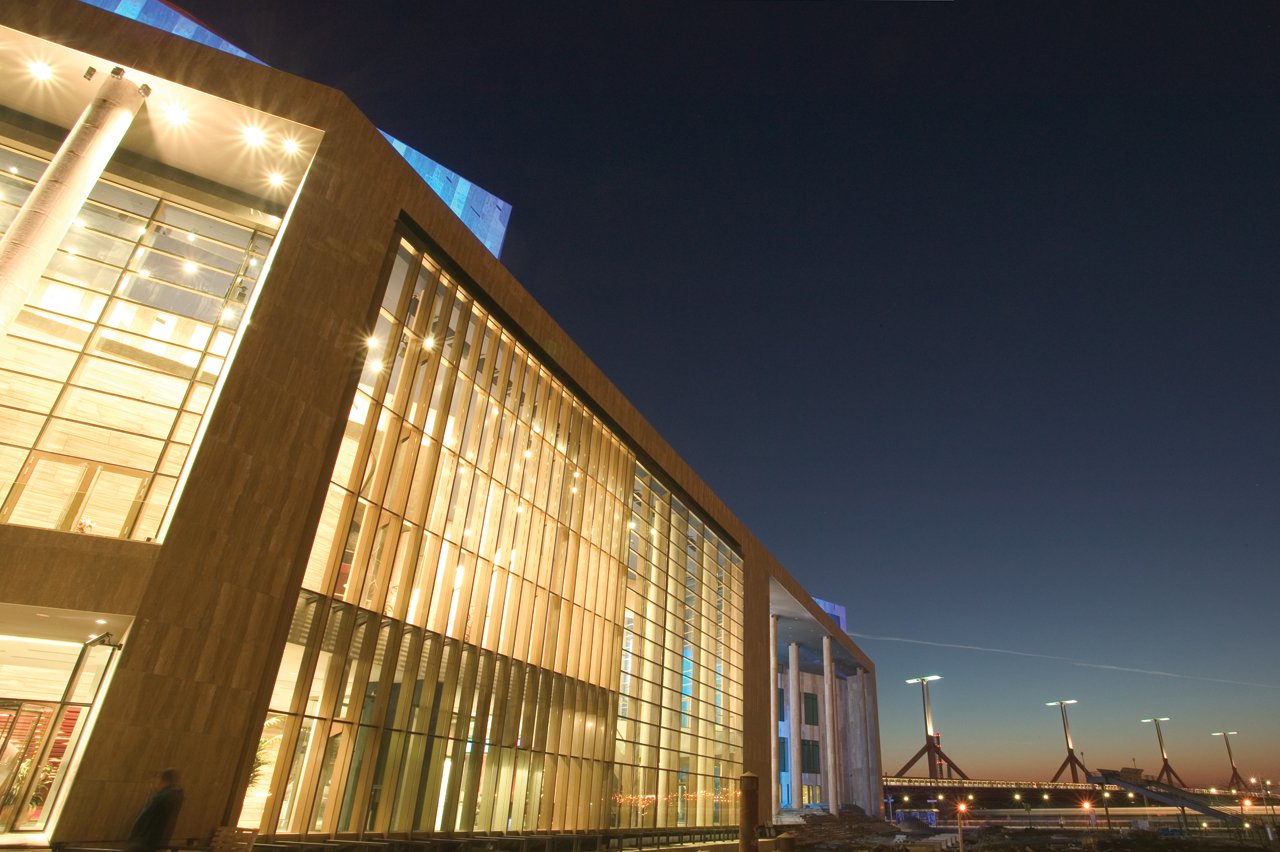
Müpa Budapest, also known as the Palace of Arts. (Photo: courtesy of ZDA-Zoboki Építésziroda)
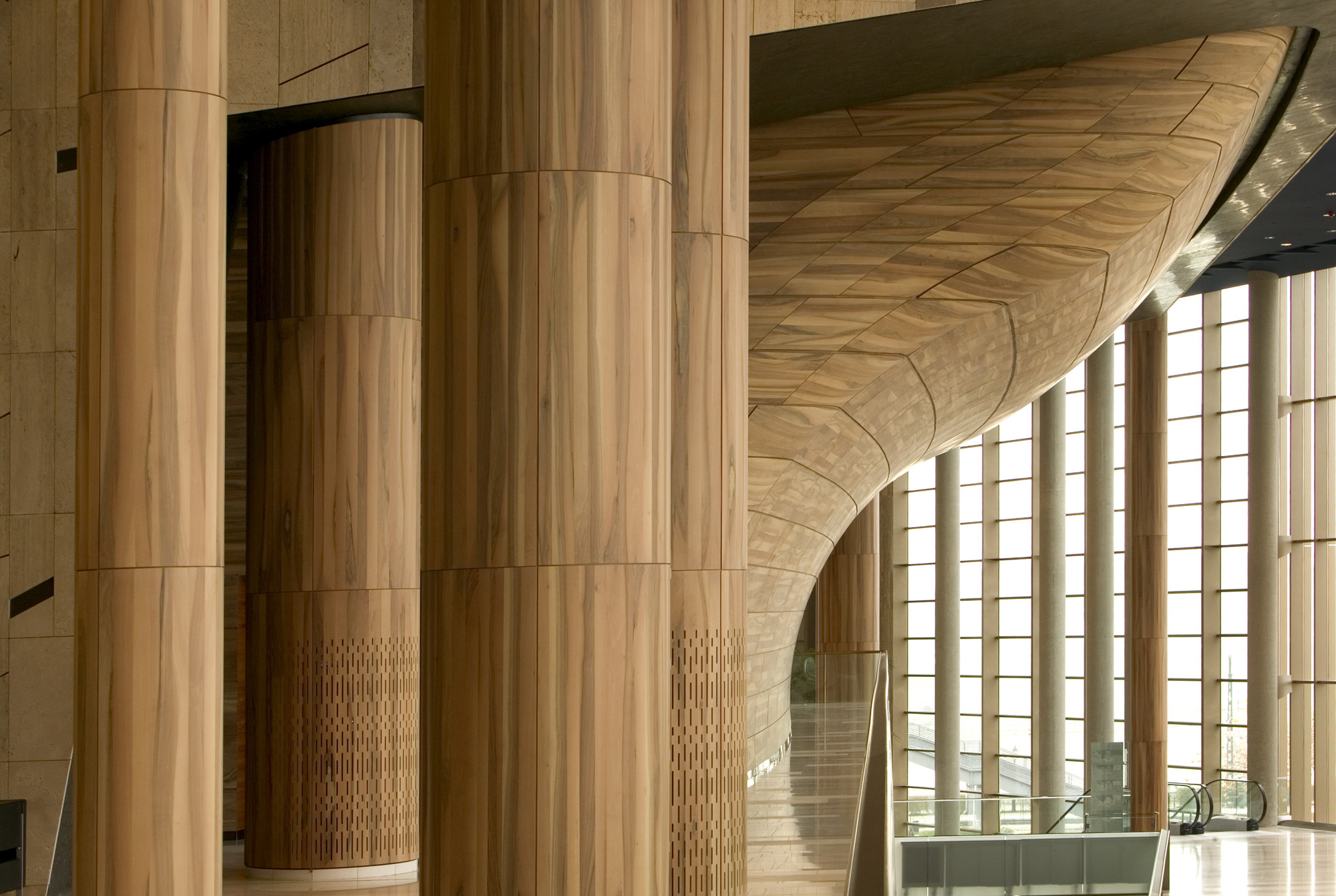
Müpa Budapest, also known as the Palace of Arts. (Photo: courtesy of ZDA-Zoboki Építésziroda)
Gábor Zoboki and Nóra Demeter, who run the Budapest-based architecture firm ZDA Zoboki, were initially asked to act as consultants for the interior design of the Nanshan Cultural Center. However, their creative approach soon led them to change from experts to designers and later to general designers, bringing together all technical activities.
The urban space they designed is now the cultural and leisure center of Nanshan.
The library building, which already existed when the Hungarian architects were invited, was joined by a cultural center with two theaters – which can function as a performance venue for operas and children’s theater respectively – a contemporary art museum, an open-air theater, and a sports complex, also used for swimming events. On the grounds, where large public events can be organized, the buildings include an open-air stage and a large fountain with a unique sculpture.
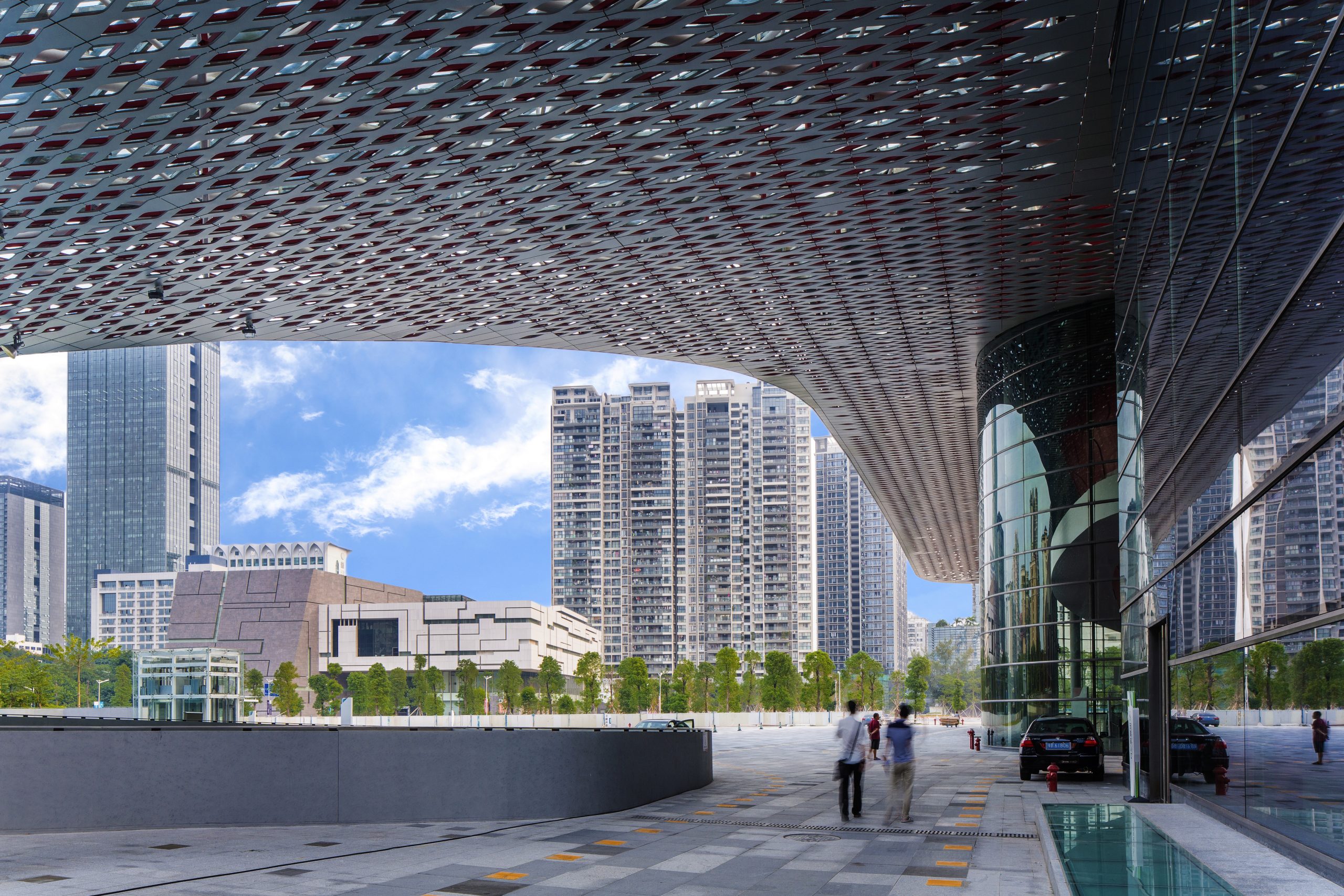
Nanshan Cultural Center. (Photo: courtesy of ZDA-Zoboki Építésziroda)
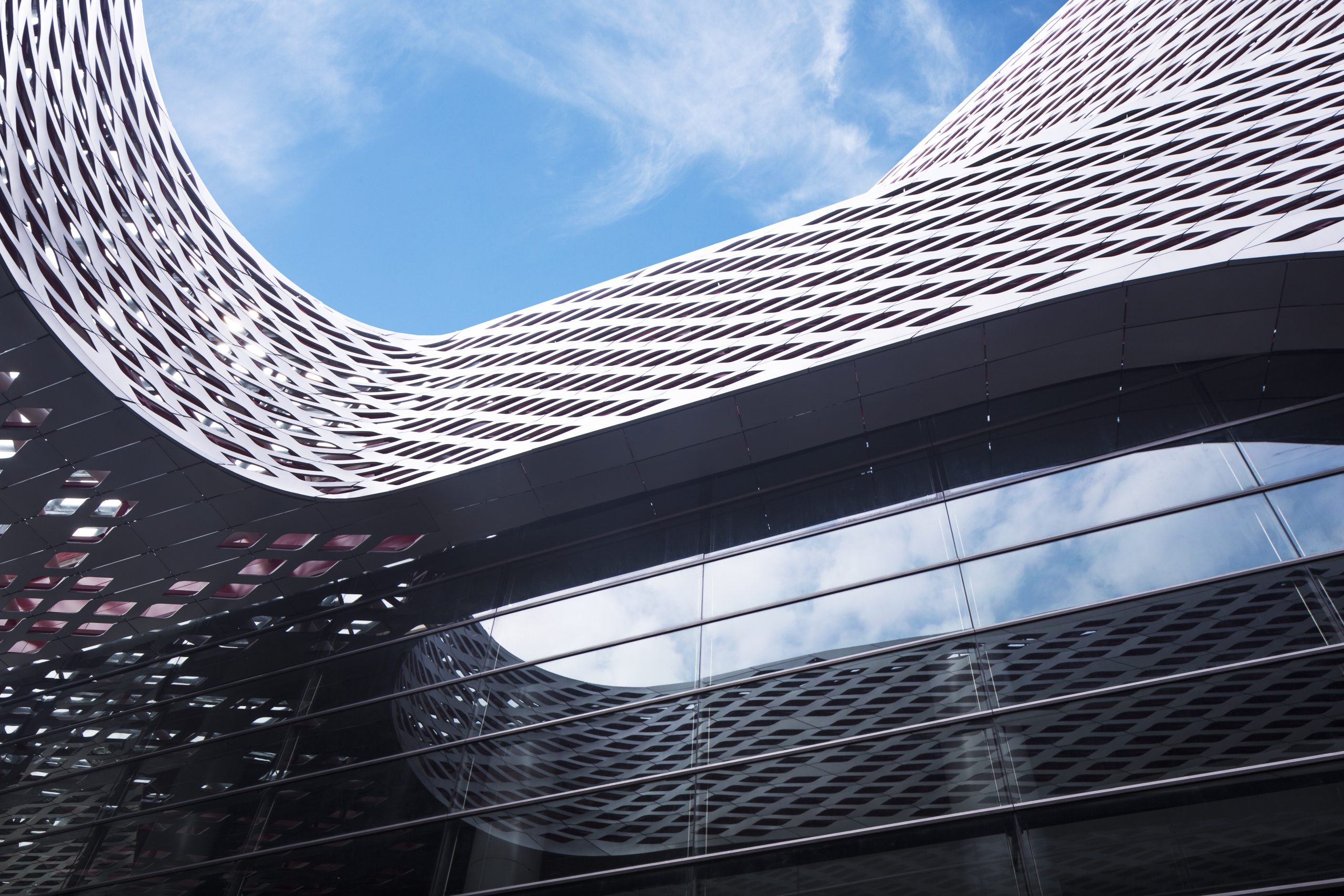
Nanshan Cultural Center. (Photo: courtesy of ZDA-Zoboki Építésziroda)
Officially named the Orange Theaters of Nanshan Cultural and Sports Center, the center opened on September 28, 2014, with a concert by the world’s oldest symphony orchestra, the Royal Liverpool Philharmonic Orchestra.
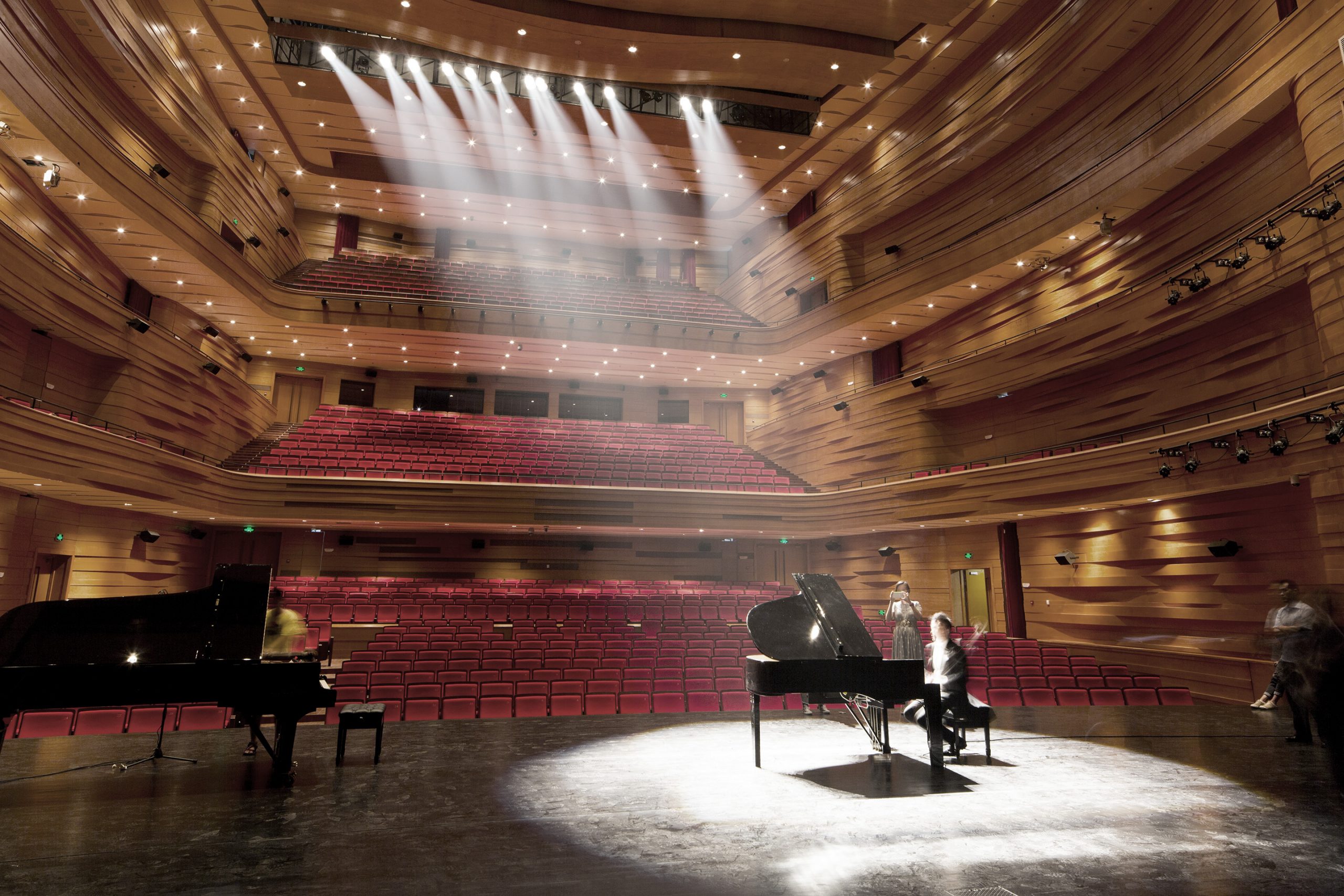
Nanshan Cultural Center. (Photo: courtesy of ZDA-Zoboki Építésziroda)
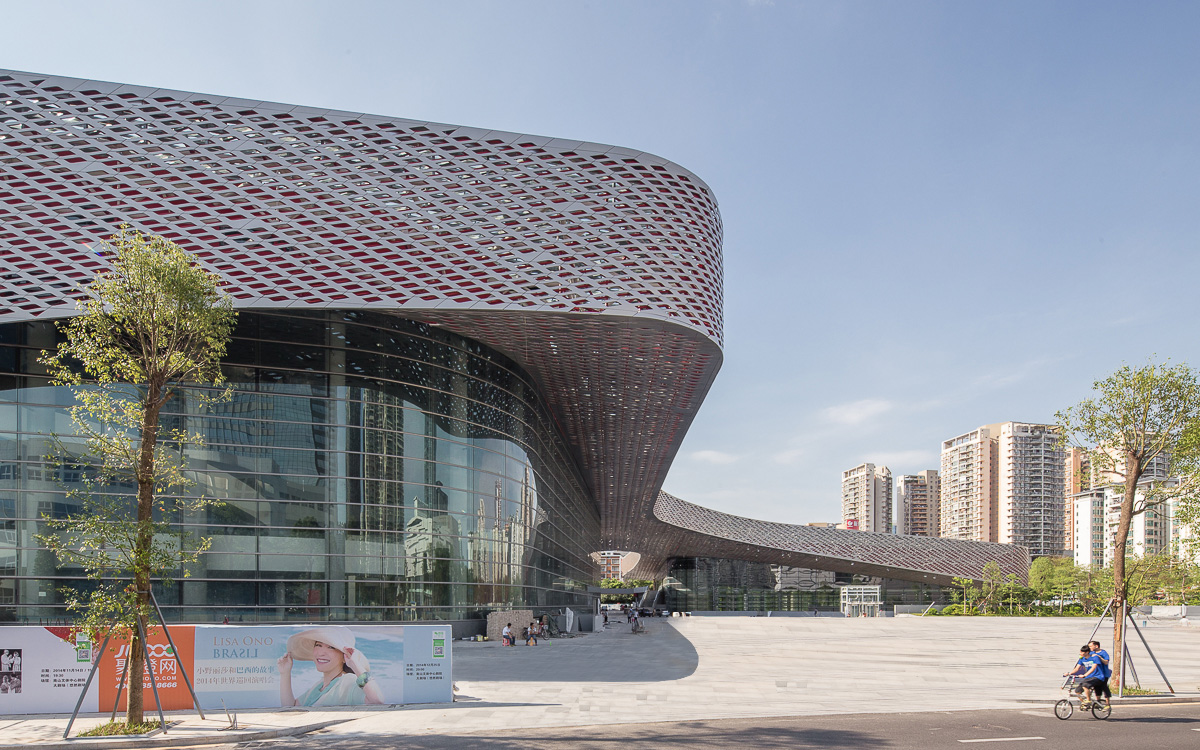
Nanshan Cultural Center in the opening year. (Photo: courtesy of ZDA-Zoboki Építésziroda)
Our hosts at the center, designed by Hungarian architects, explained that
over 4,000 performances with over 1,000 artists and artist groups have taken place in the last ten years for an audience of more than 10 million people.
The Nanshan Cultural Center is open 330 days a year, 14 hours a day. Since its opening ten years ago, the center has provided 46,200 hours of service to the Nanshan district and the city of Shenzhen.
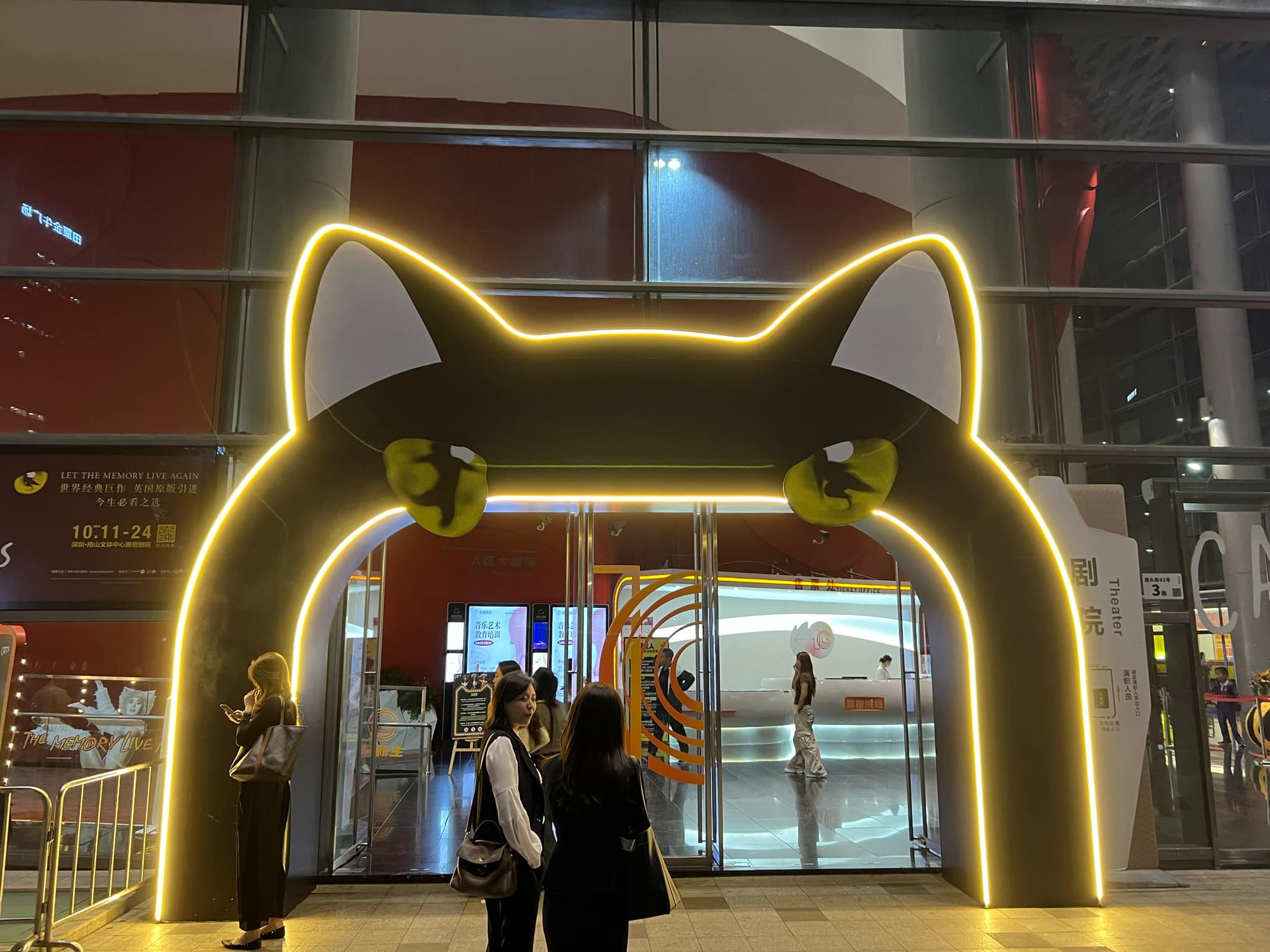
Cats at the Nanshan Cultural Center. (Photo: Hungary Today)
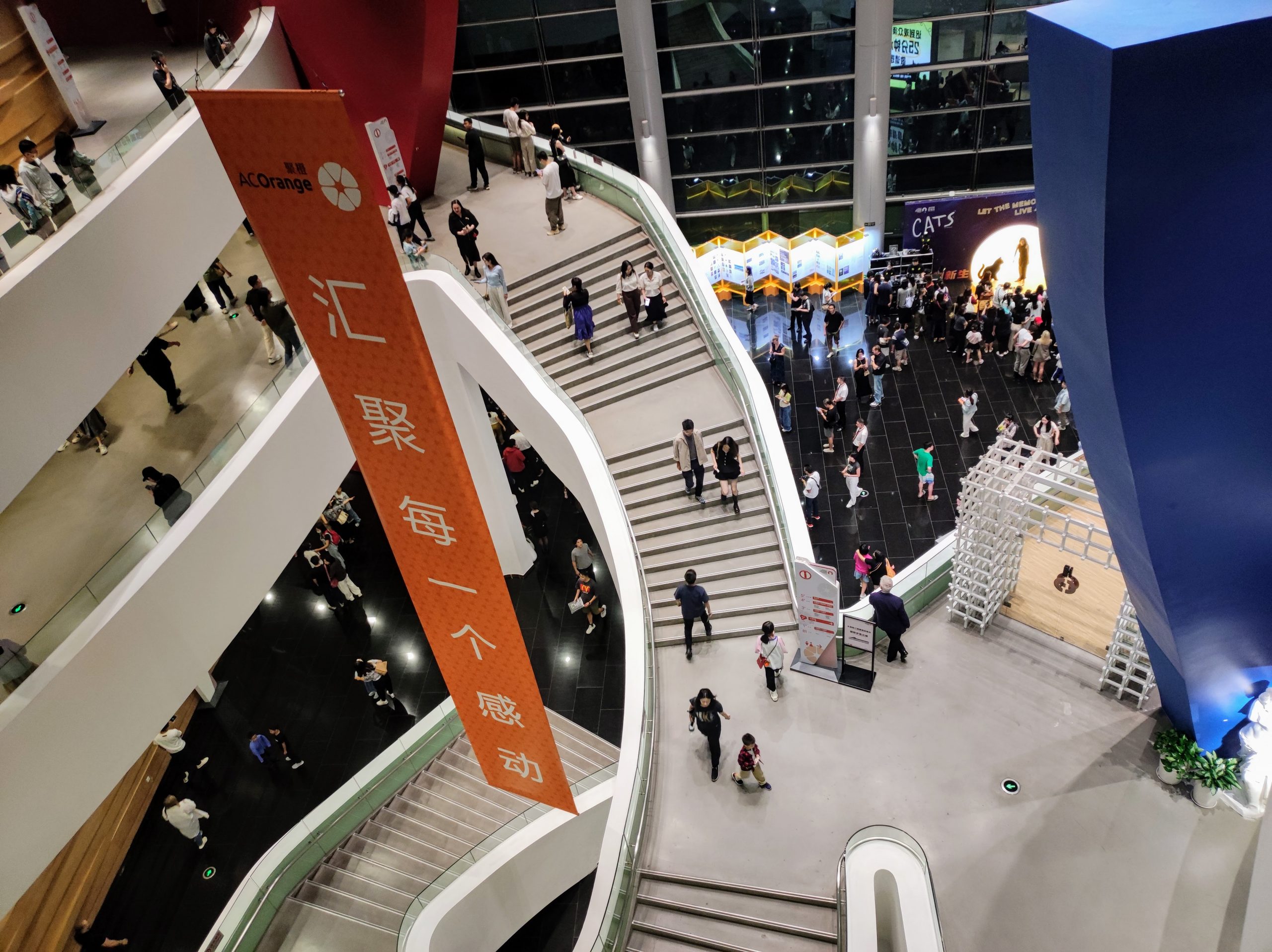
Nanshan Cultural Center. (Photo: Hungary Today)
During our visit, the musical Cats was on the program, which was performed every evening in English with Chinese subtitles in front of a filled auditorium. During the performance, the excellent acoustics of one of the best multifunctional halls in China were very well received.
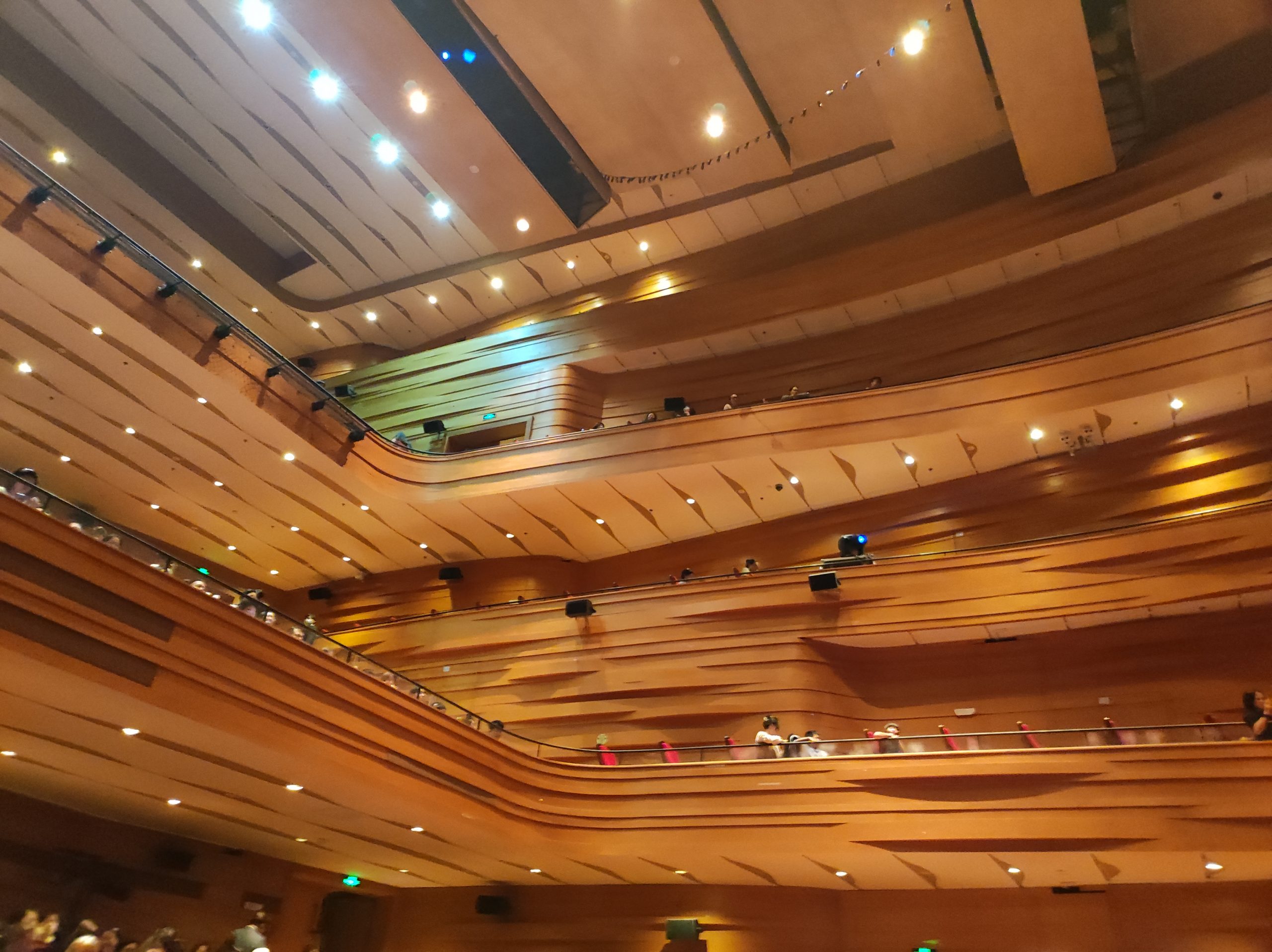
Multifunctional hall at the Nanshan Cultural Center. (Photo: Hungary Today)
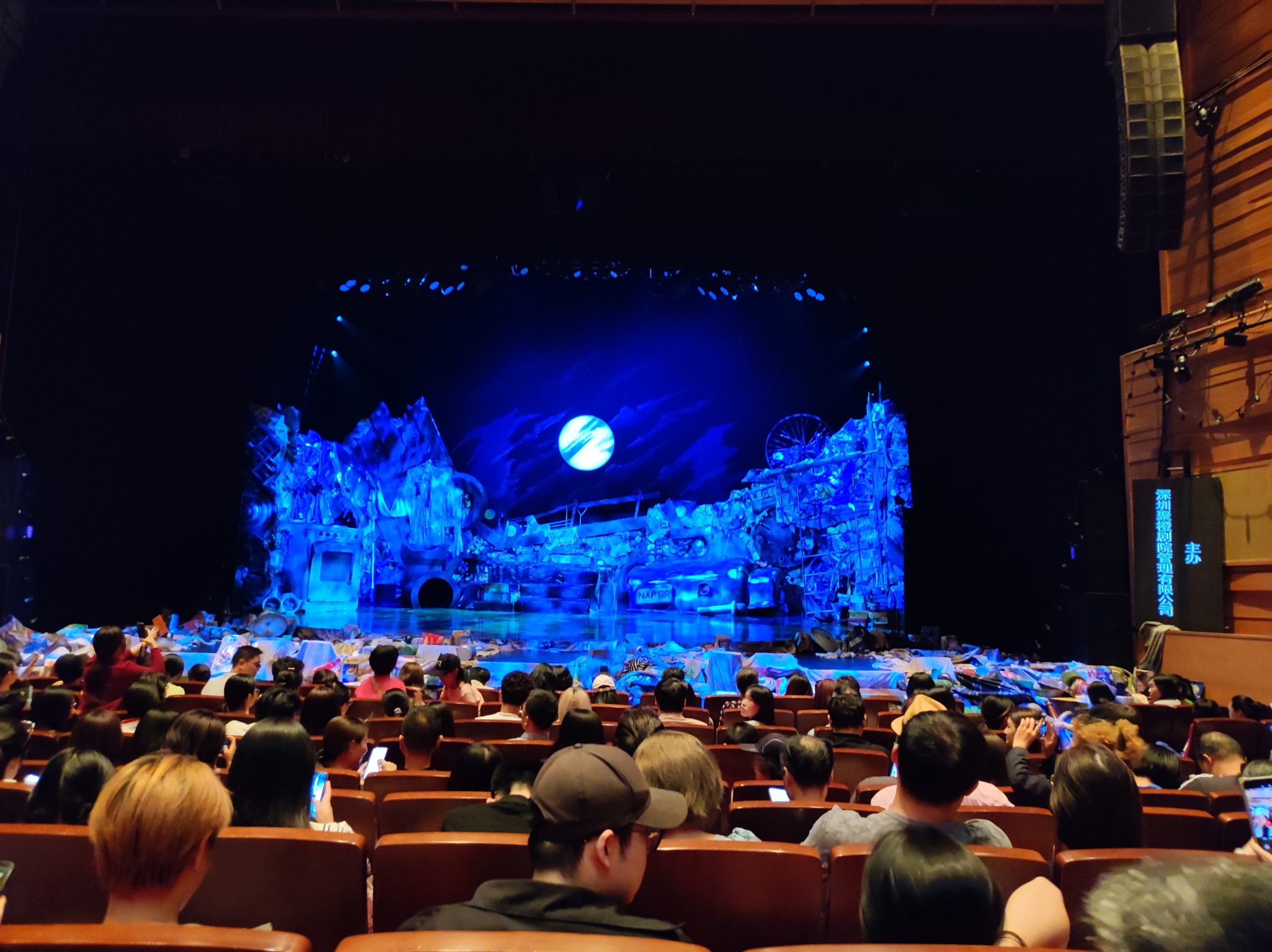
Cats at the Nanshan Cultural Center. (Photo: Hungary Today)
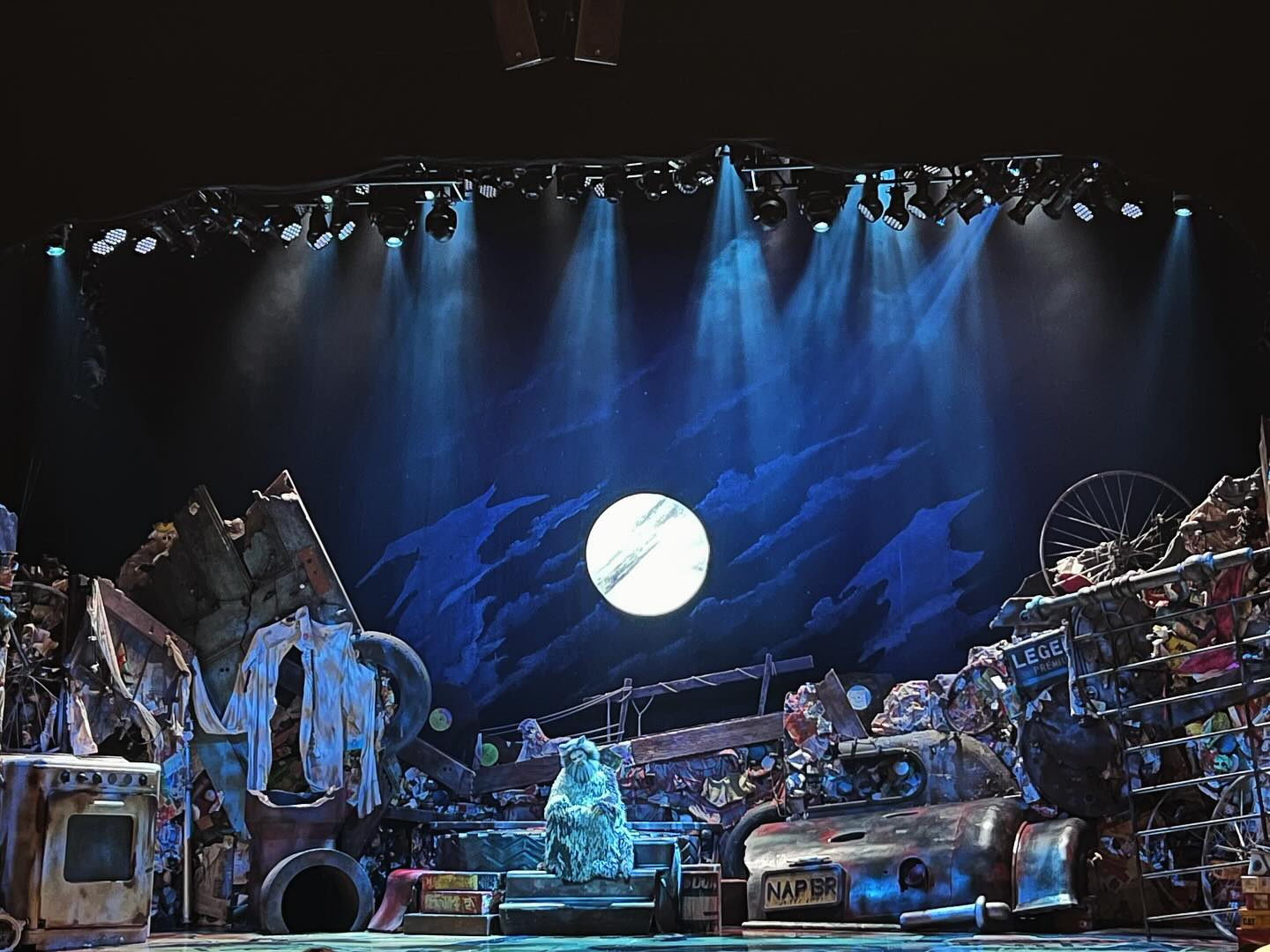
Cats stage set at the Nanshan Cultural Center. (Photo: Hungary Today)
After the performance, we had the opportunity to enter the stage of the children’s theater next to the main hall, where we tested the acoustics with Hungarian poems. The room performed excellently.
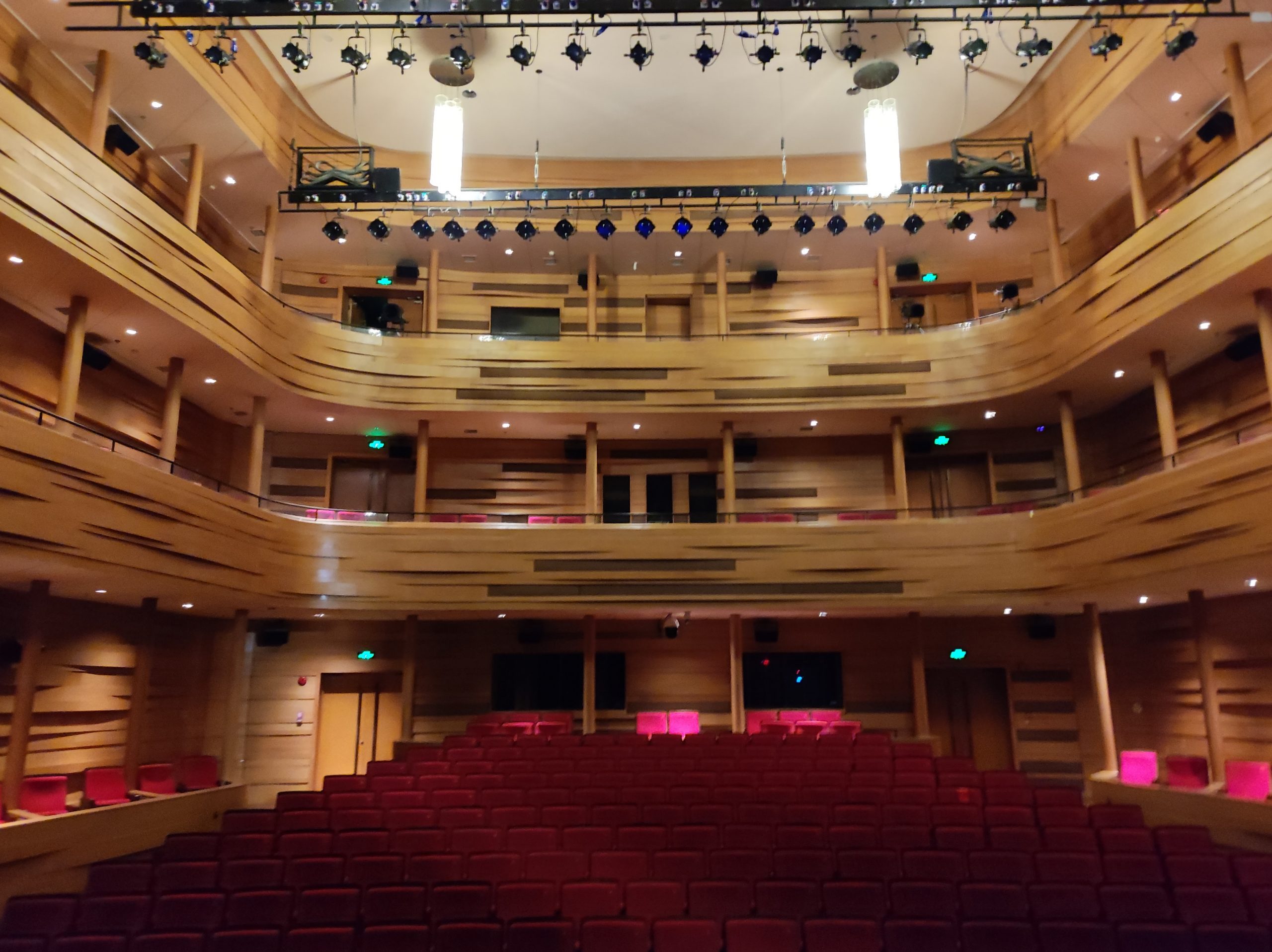
Children’s theater room at the Nanshan Cultural Center. (Photo: Hungary Today)
As we walked out through the backstage area and saw the enthusiastic Chinese audience waiting for the performers of the musical Cats, we realized that
Nanshan Cultural Center has not only brought a masterpiece of Hungarian architecture to Shenzhen, but also opened a gateway for culture in one of the world’s most dynamic cities.
Featured image: courtesy of ZDA-Zoboki Építésziroda